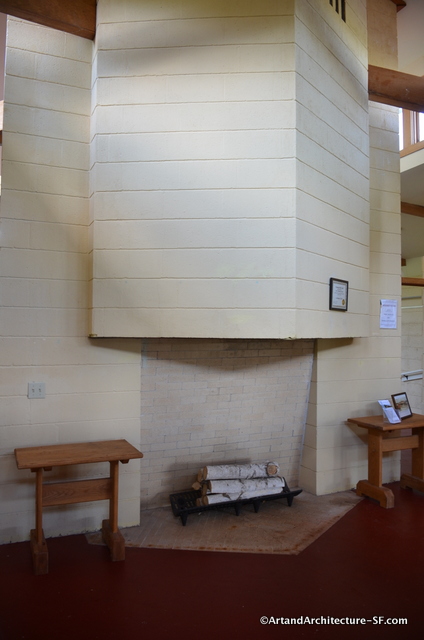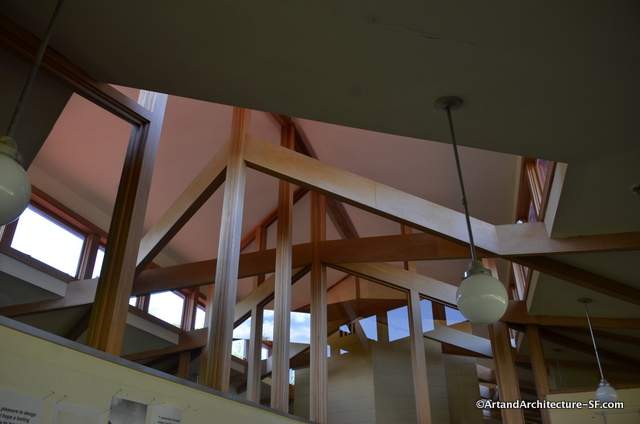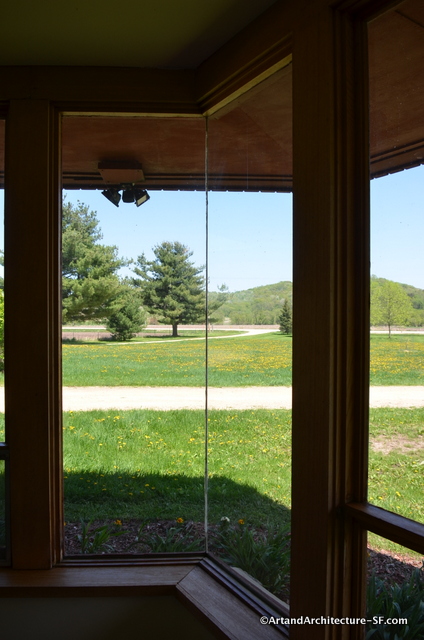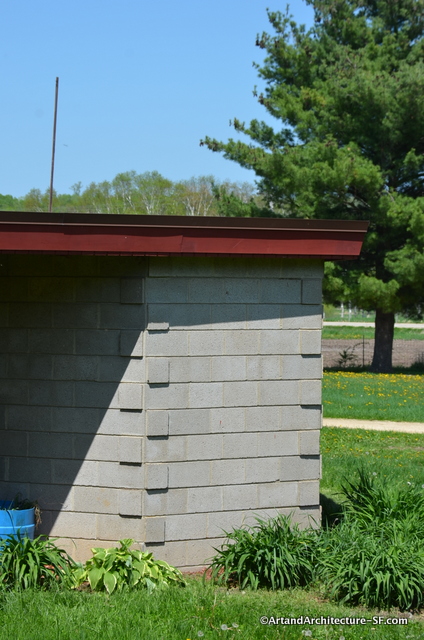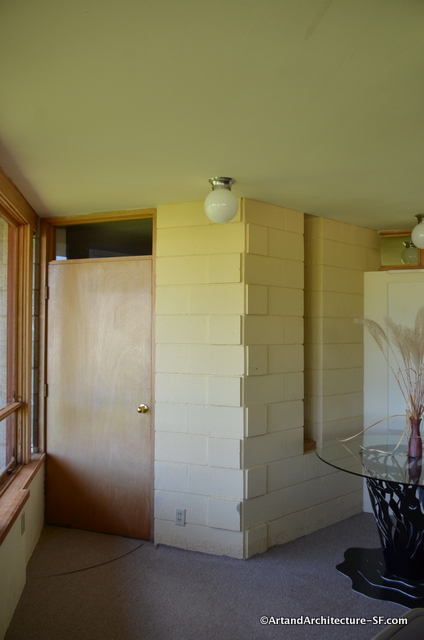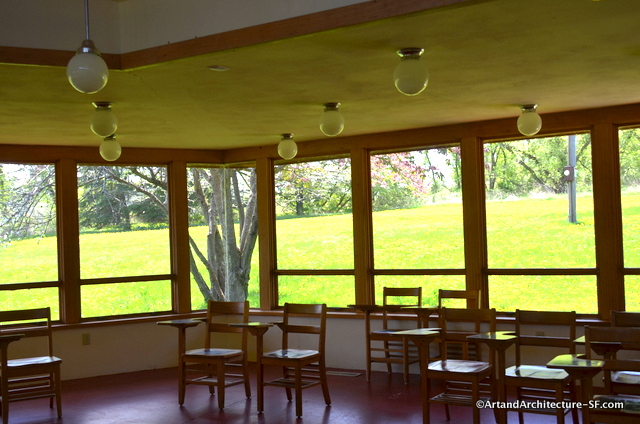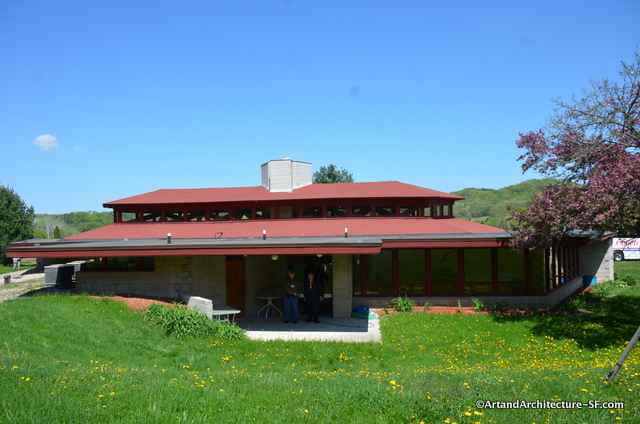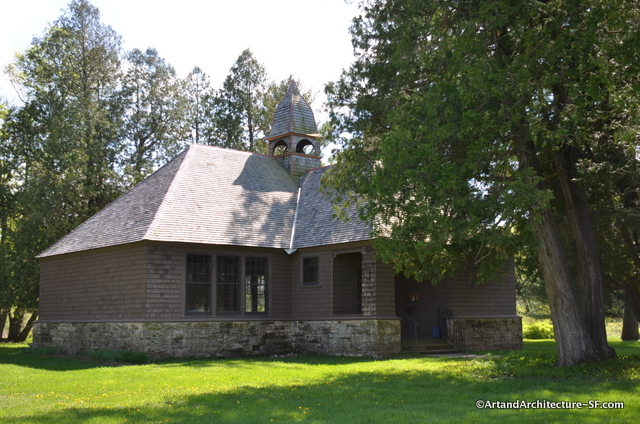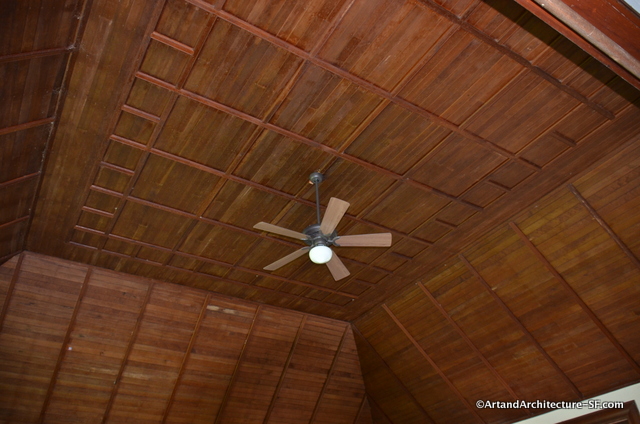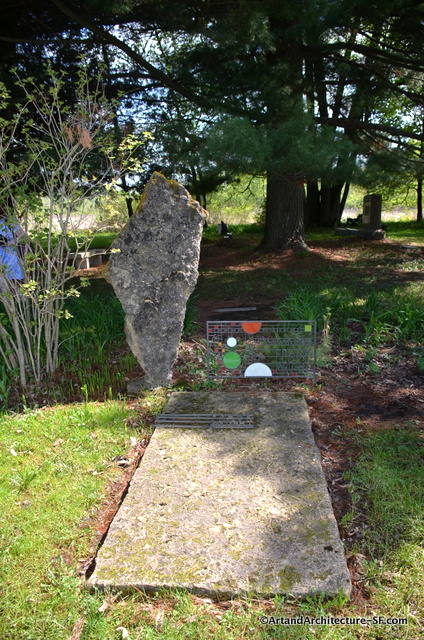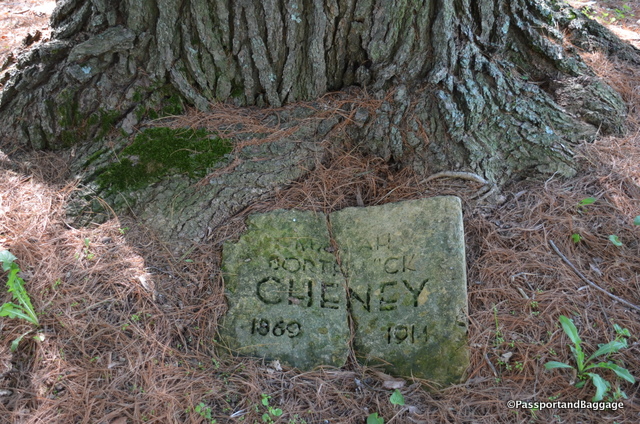7351 Route WI-39
Hollandale, Wisconsin
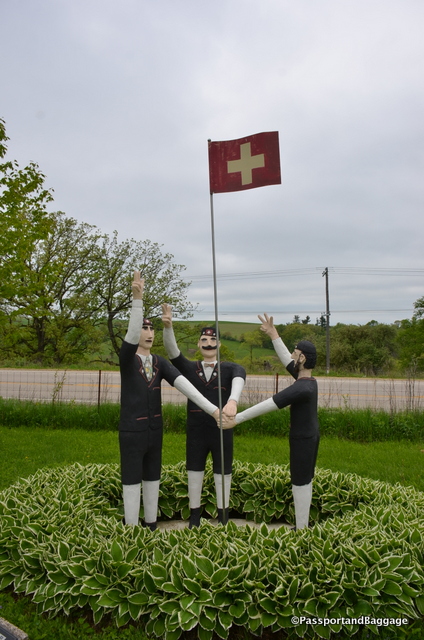
Three Swiss Patriots. This tableau represented the three founding fathers of the Swiss Republic. Walter Furst, Werner Stauffacher and Arnold Melchthal
This lovely and imaginative spot well in the countryside of Wisconsin is the creation of Nick Engelbert.
In 1937, after his children were grown, Nick Engelbert began to build an elaborate arched porch of concrete around the front entrance of his farmhouse, ultimately covering every inch of the outside surface of the house with concrete inlaid with shards of china, glass, beads, buttons, and seashells. Over the next 15 years, Nick created more than 40 concrete sculptures in his yard, combining patriotic themes with imagery from history, fairy tales, mythology and his own imagination. At the age of 70, no longer able to make sculptures, he turned to painting, producing over 200 oils before his death in 1962.
The Grandview site is now owned and operated by the Pecatonica Educational Charitable (PEC) Foundation. Many of the statues have been restored or recreated. The house, now a museum, contains many Engelbert artifacts, family memorabilia, and copies of Nick’s paintings.
Nick Engelbert was born in 1881 in Pravaljie, Austria and named Engelbert Koletnik. He was drafted into the Austro-Hungarian army as a young man and, after serving only two years, he fled Europe to escape further military involvement. Following extensive travel to several countries, he eventually settled in America. He reportedly then changed his name to Nick Engelbert in order to start a new life with a new identity.
In 1913 Nick married Katherine Thoni, a recent immigrant from Switzerland. They settled in Wisconsin to be near Katherine’s family. In 1922 they bought a small seven-acre farm just outside the little village of Hollandale where they raised four children.
Engelbert created his first concrete sculpture in the mid-1930’s, reportedly while recovering from a sprained ankle. By the 1950’s his entire yeard was transformed into an artistic landscape of over 40 concrete sculptures
By the early 1940’s Engelbert had decorated the entire exterior of his small farmhouse with a colorful mosaic of concrete embellished with stones, shells, glass shards and fragments of ceramic dinnerware and porcelain figurines.
In 1960 Katherine died and Engelbert sold Grandview and moved to Baltimore to live with his daughter Alyce and her family.
Nick passed away on his birthday in 1962.
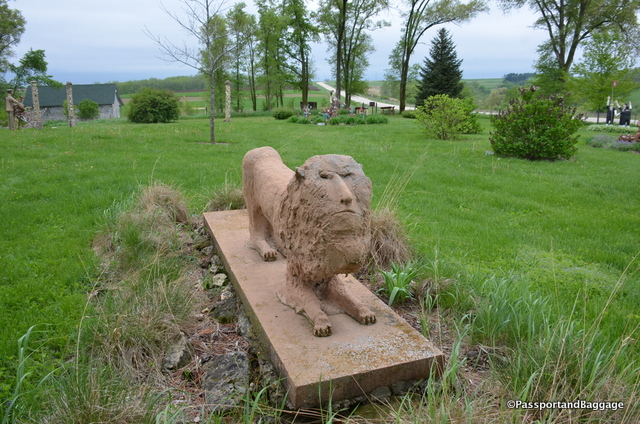
This is a replica. The lion was thought to be Engelbert’s first representational sculpture and was conserved and moved to the John Michael Kohler Center in Sheboygan, Wisconsin
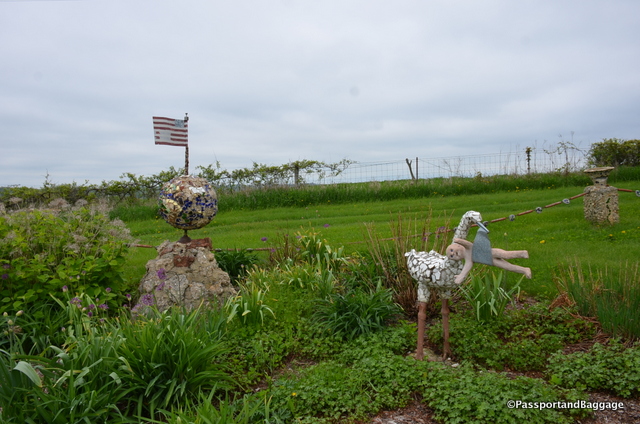
Stork with Baby. This sculpture, as well as the Stork’s head and legs, are reproductions. It is thought the original sign read “The Stork has forgotten the address and is asking the ladies to help him”
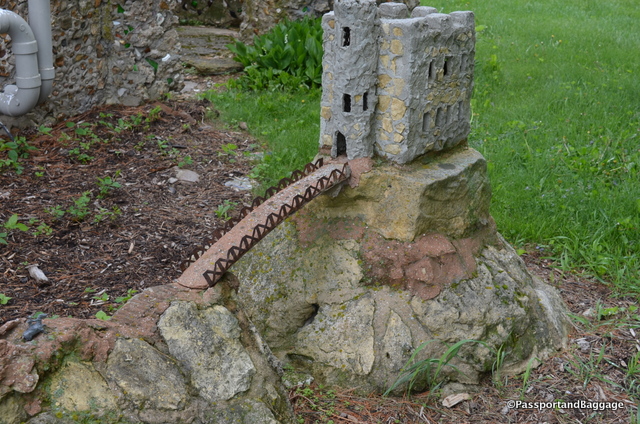
Habsburg Castle. The original sign read “Castle of Habsburg in Often Switzerland erected by an Austrian Governor during the 14th century” If you look very closely you can see a horse and rider approaching the bridge
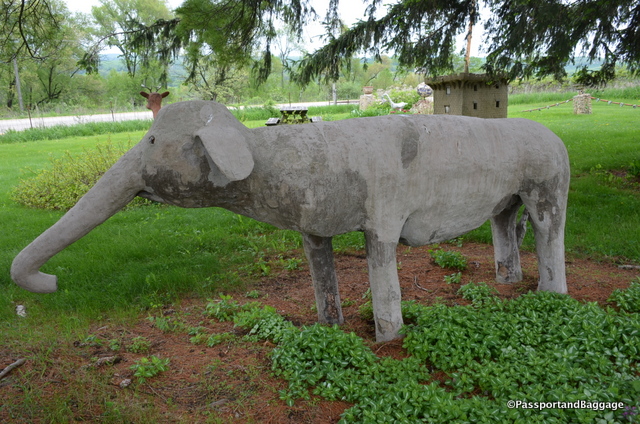
Uncle Sam with Donkey and Elephant. The original tableau featured Uncle Sam with the “Democratic” donkey and the “Republican” elephant. The Uncle Sam figure is missing and the donkey deteriorated beyond repair. The original sign read “Can anyone do a days work with a team like that?”
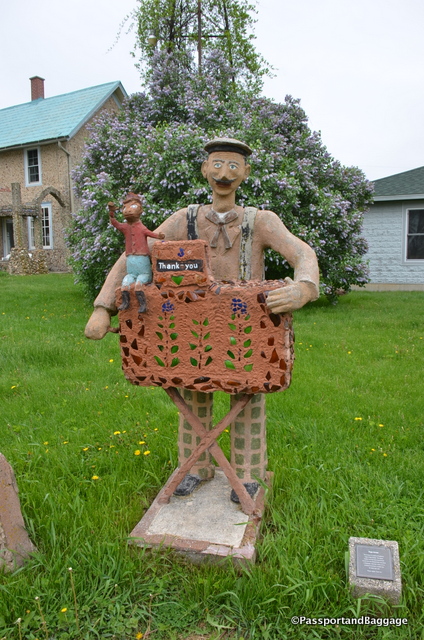
Organ Grinder This is a replica, the original has been fully restored and moved to the John Michael Kohler Arts Center in Sheboygan Wisconsin. The original sign read “Please register. Thank you”
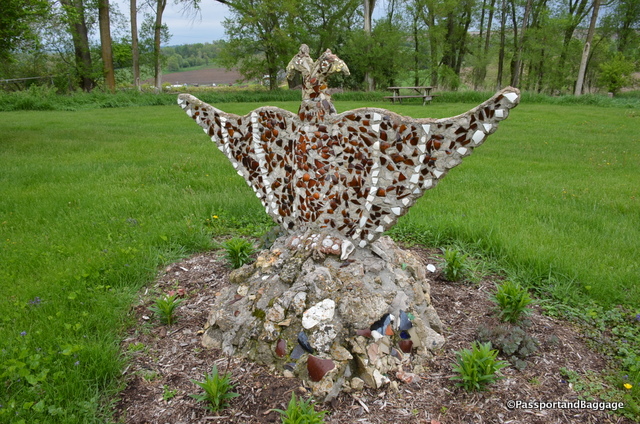
Austro-Hungarian Eagle. This double-headed eagle commemorates the Austro-Hungarian Empire, the land of Nick’s birth. It was originally on the front porch flanked by the American Eagle. The sign originally read “Double Eagle Under One Crown” Nick moved the sculpture to this location in the 1940s when the empire no longer existed
*
Visiting this site is well worth the effort. It is open Memorial Day to Labor Day every day but Monday and is free. The day I visited there was not a soul around, and yet, the door to the museum was open and inviting.
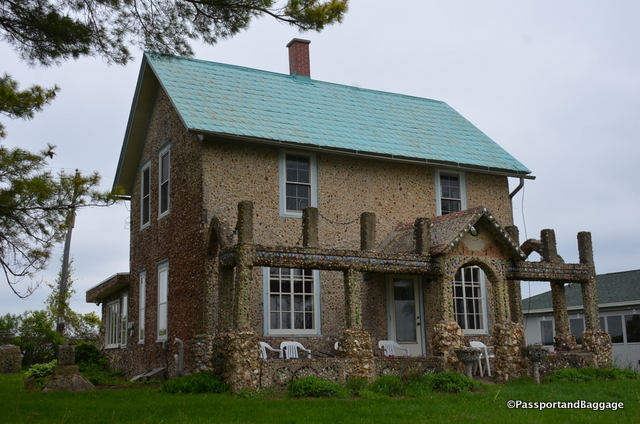
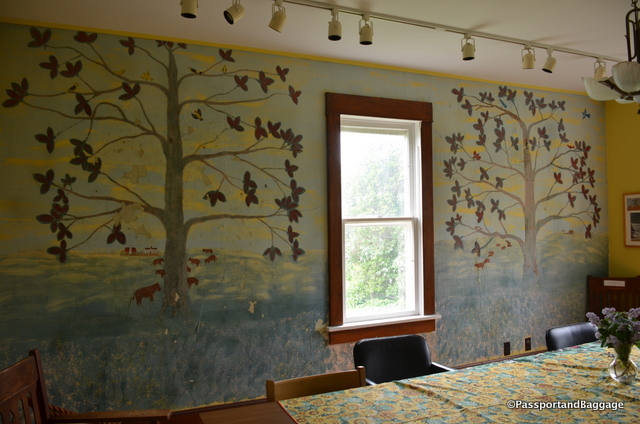
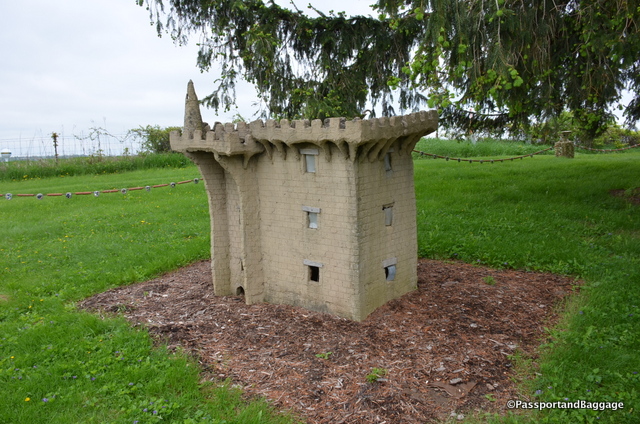
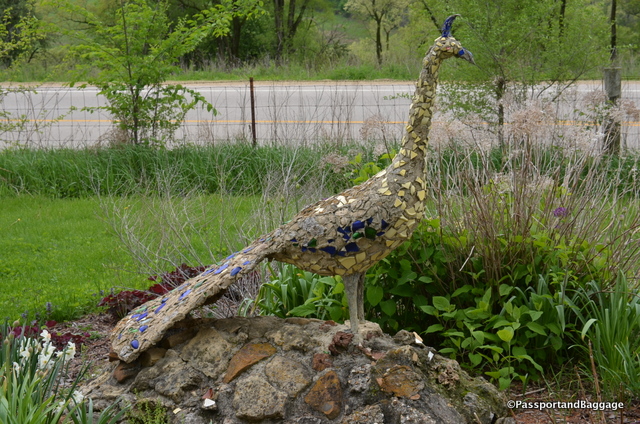
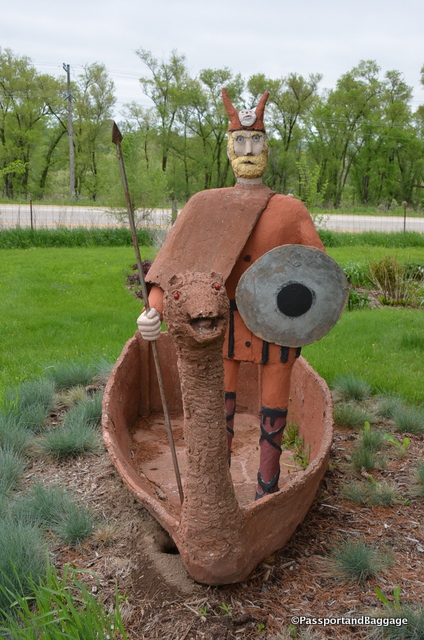
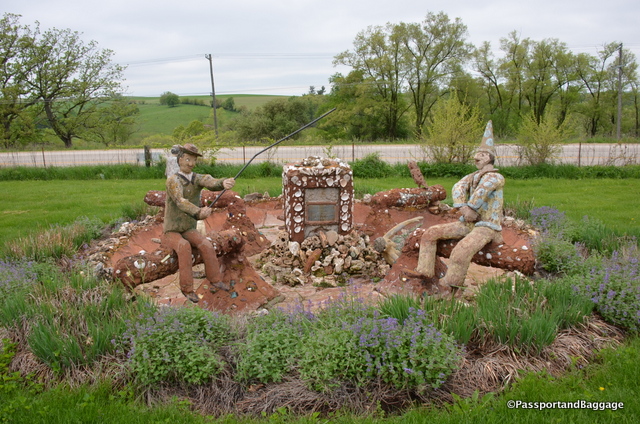

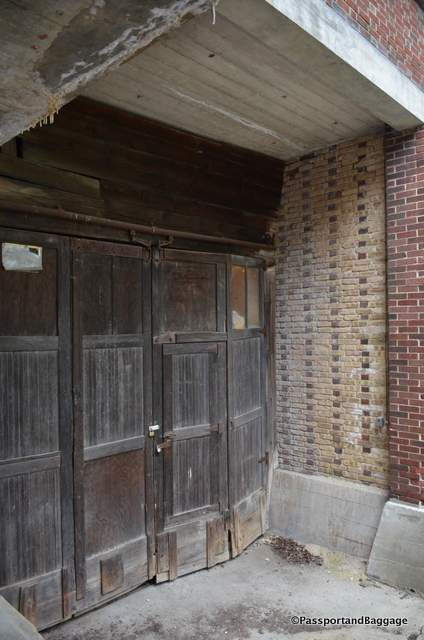
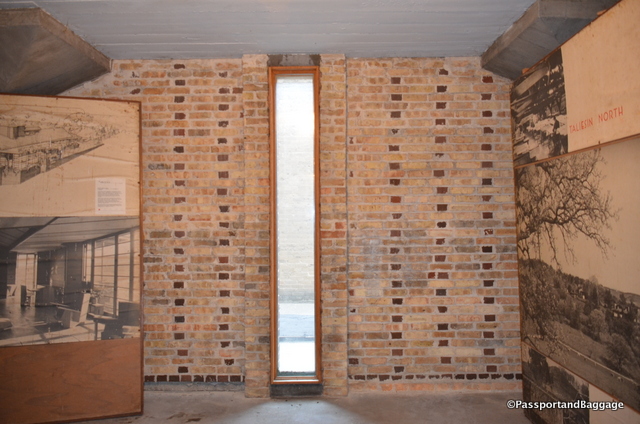
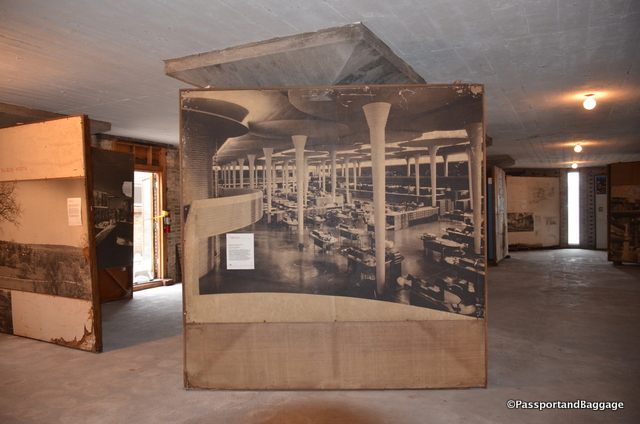
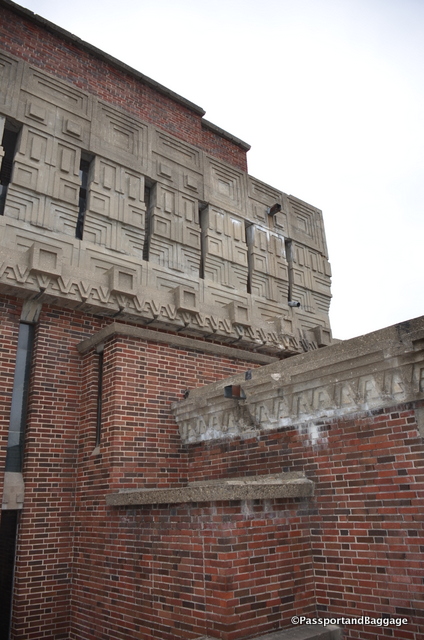
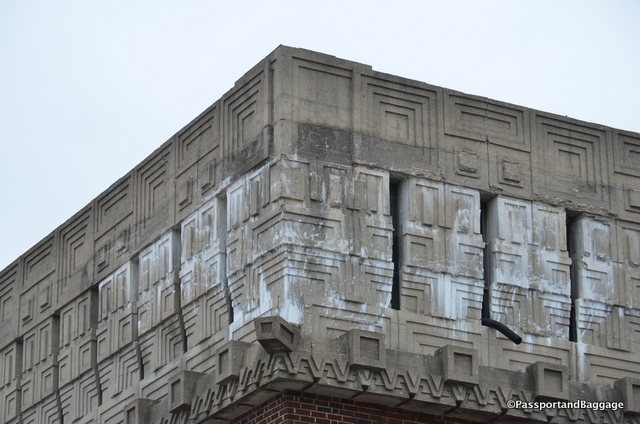
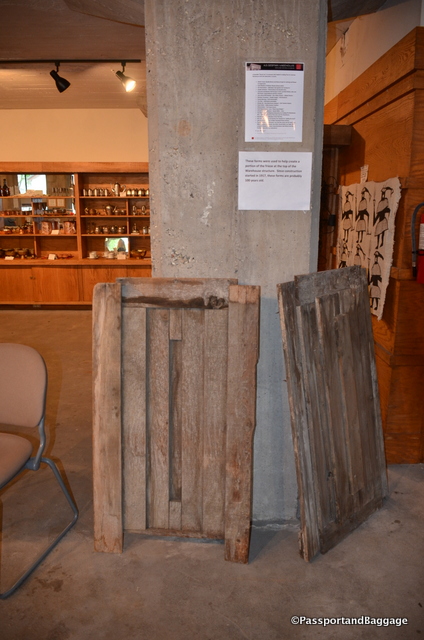
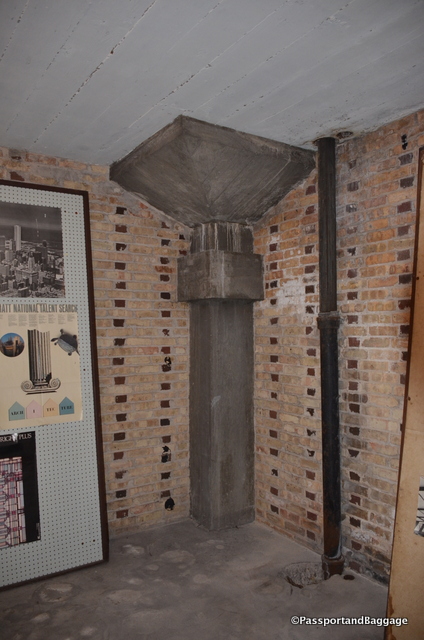
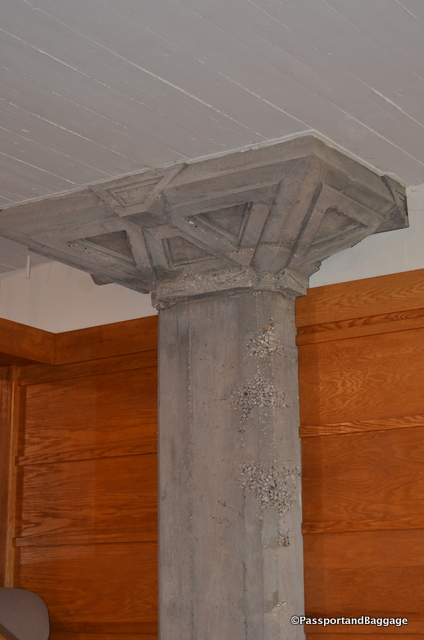
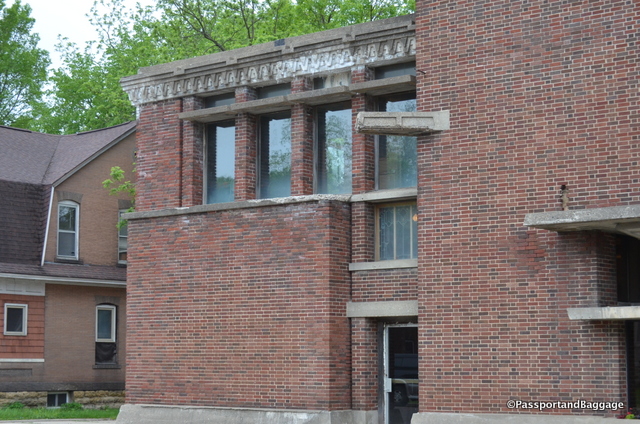
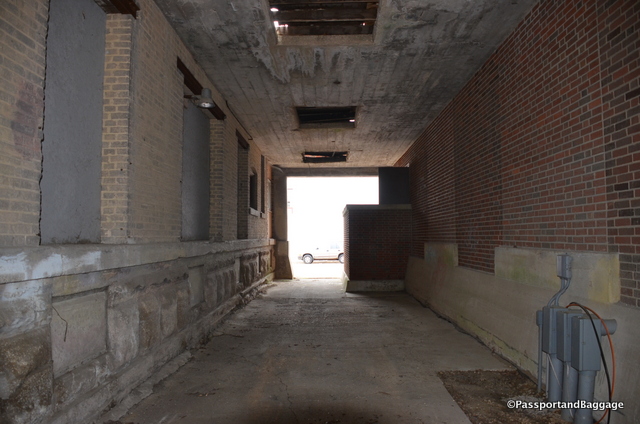
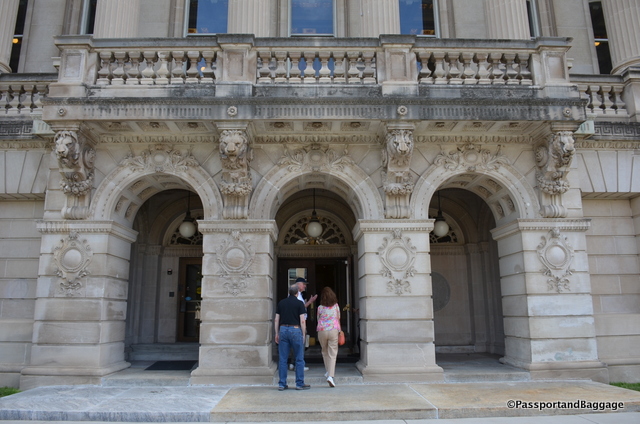
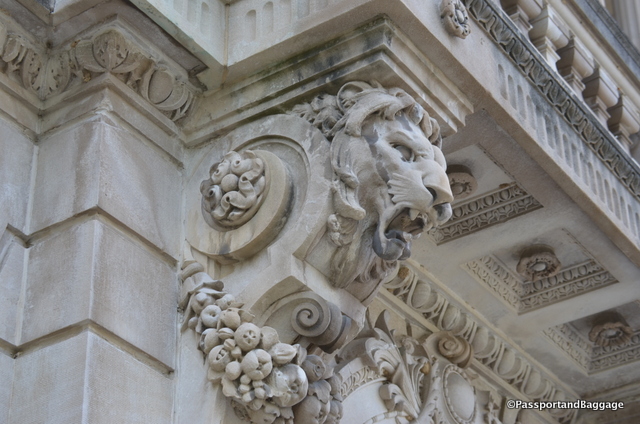
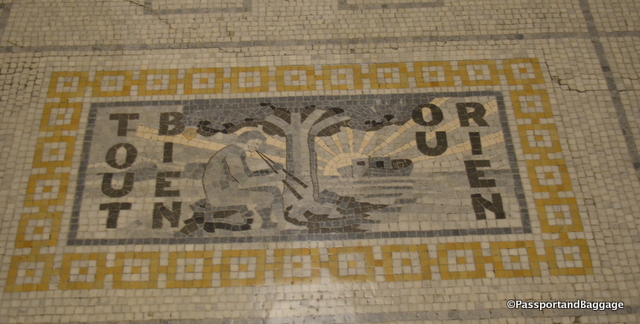
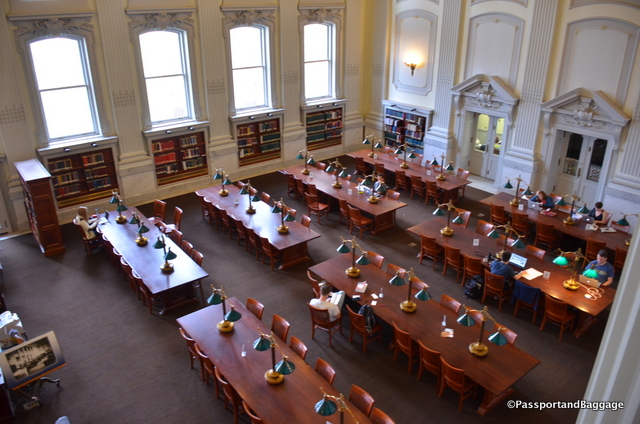
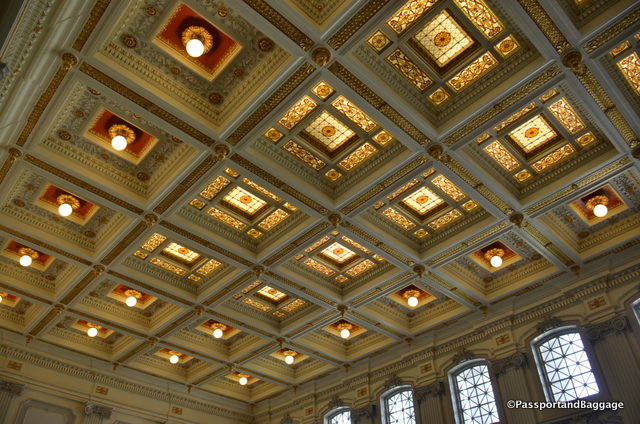
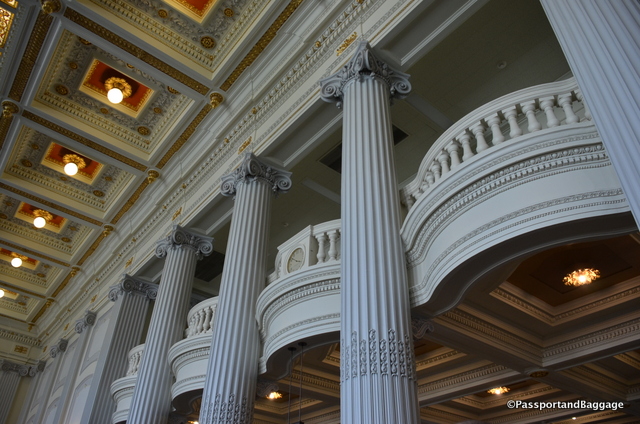
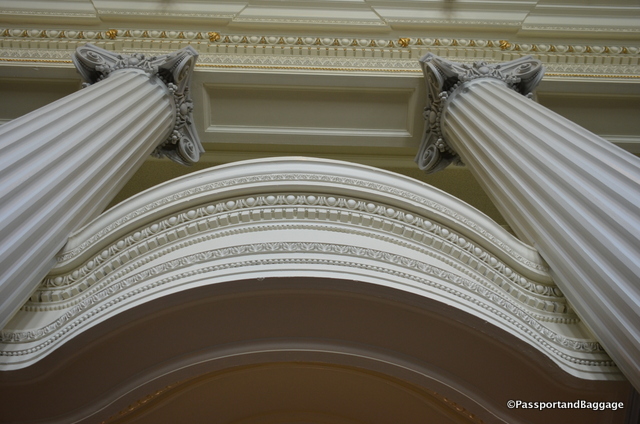
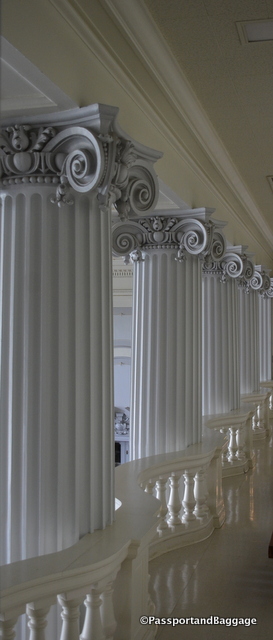
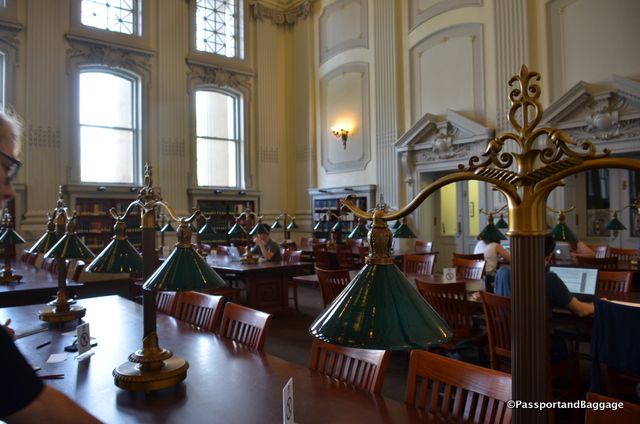
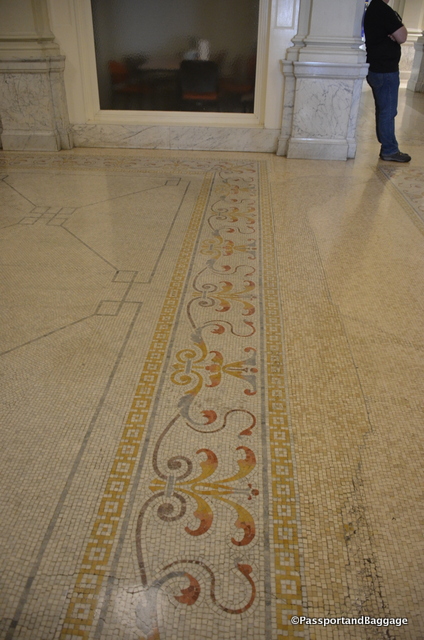
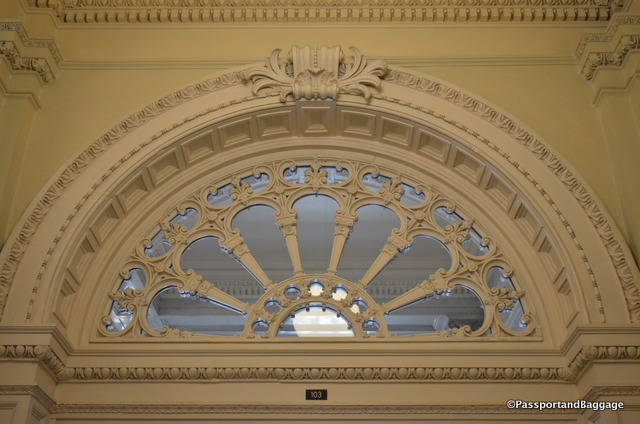
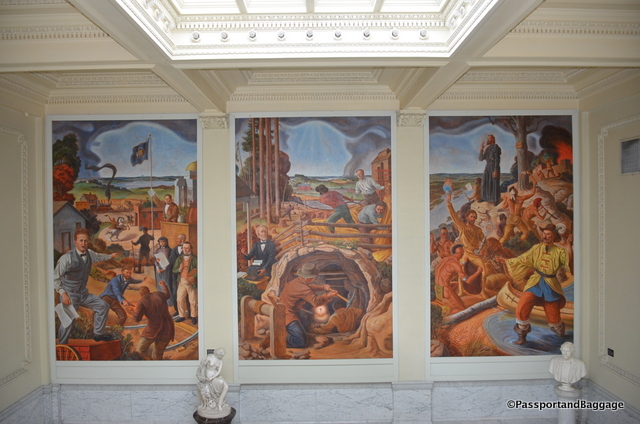
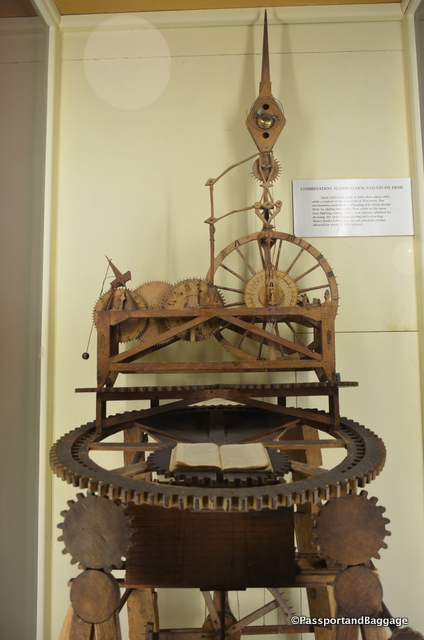
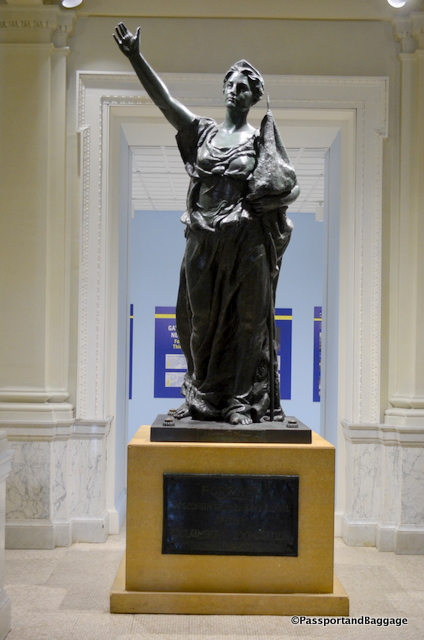

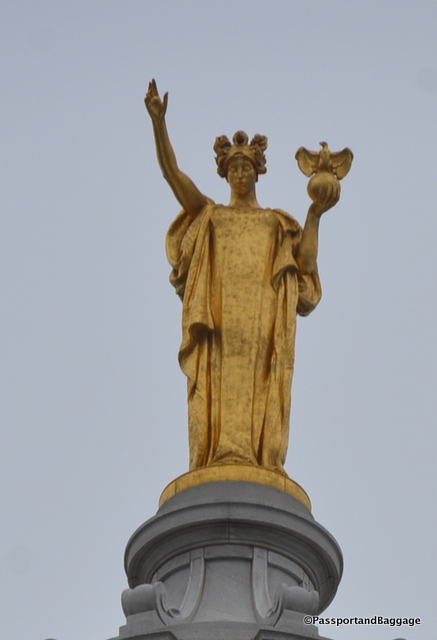
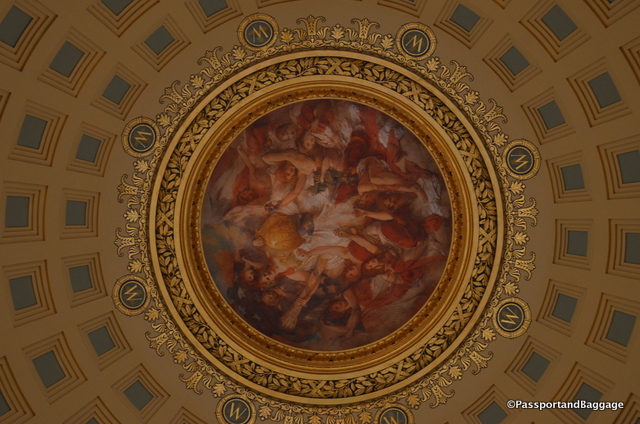
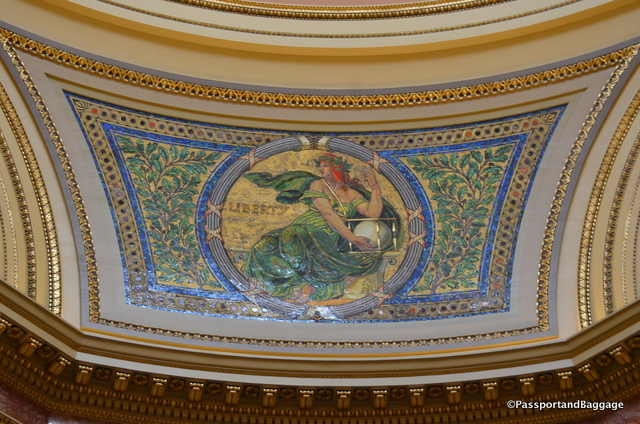
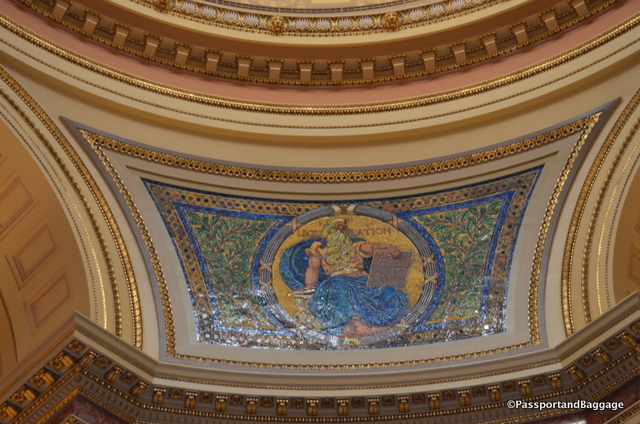
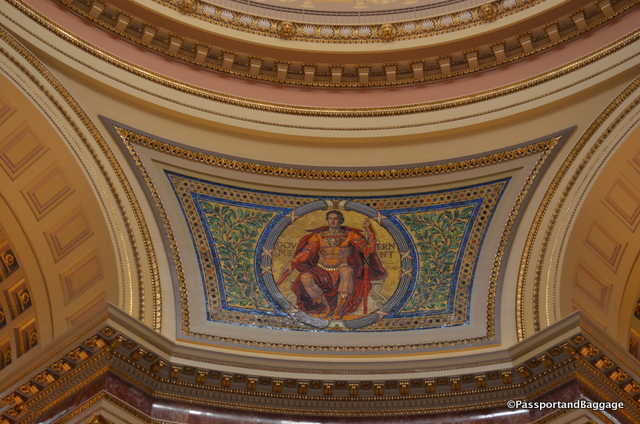
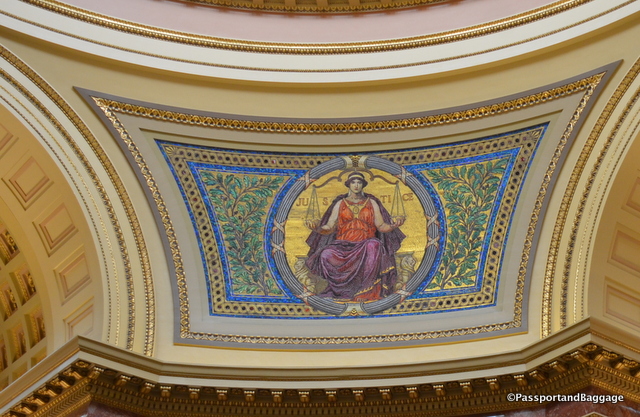
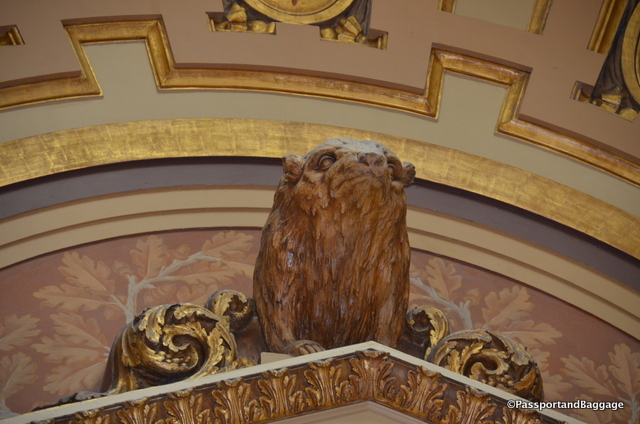
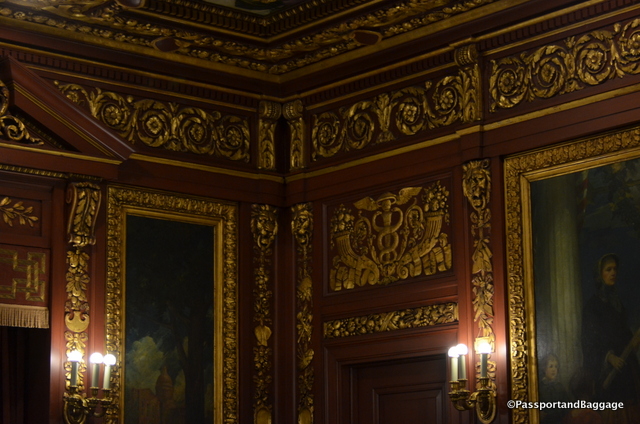
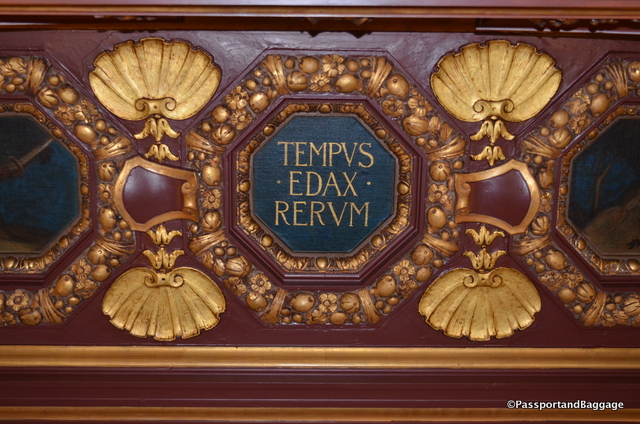
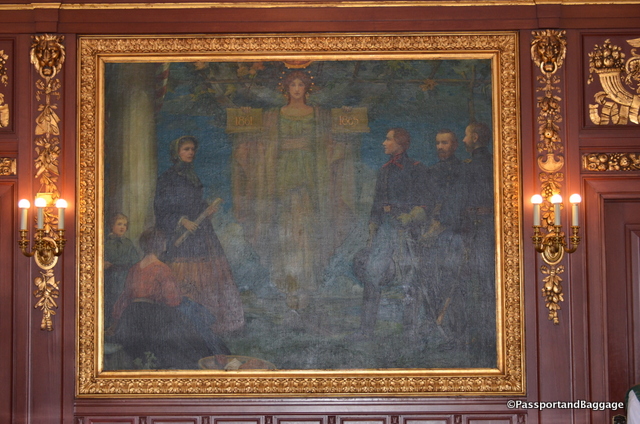
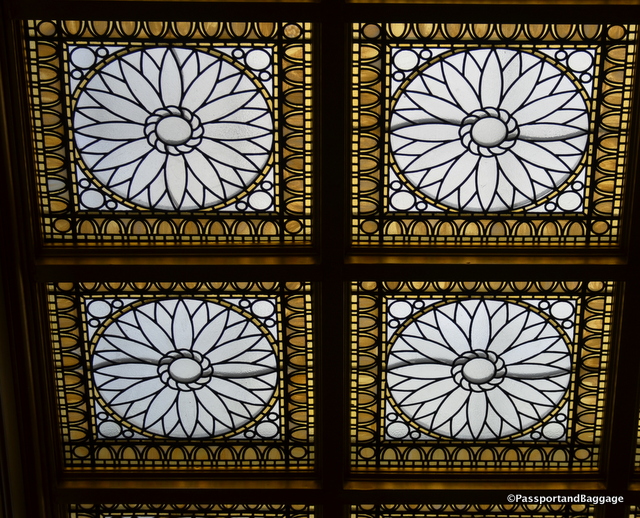
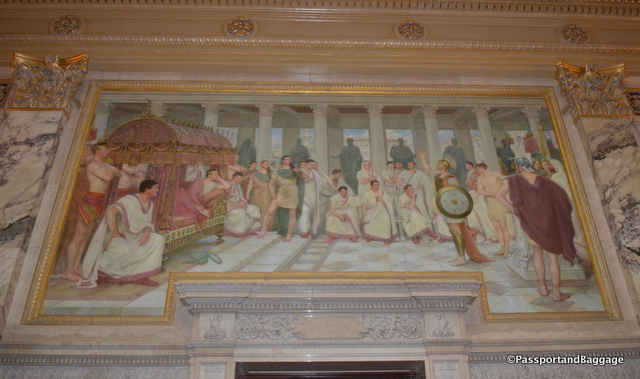
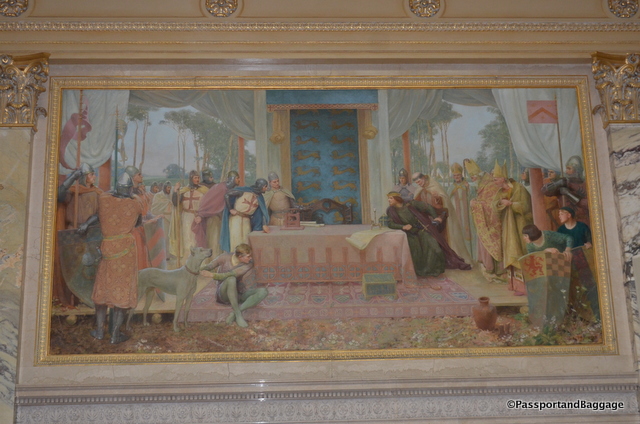
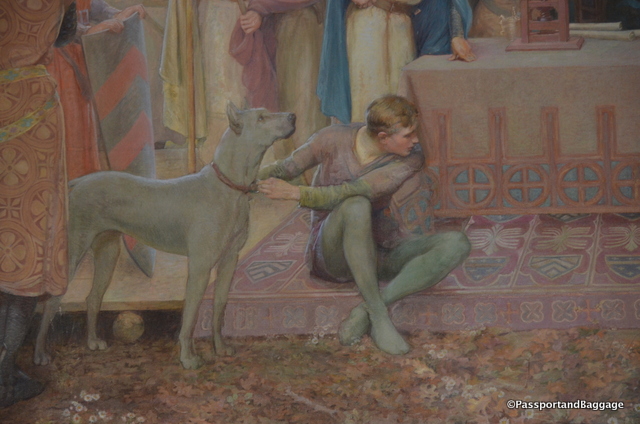
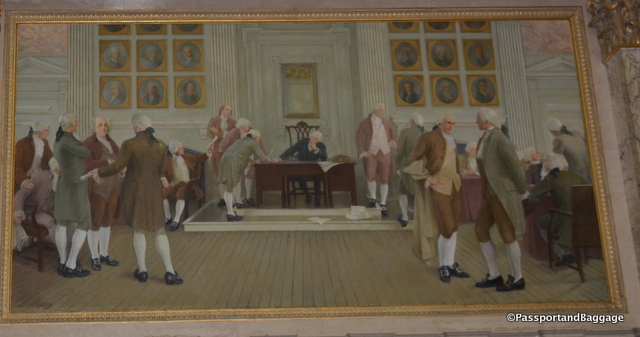
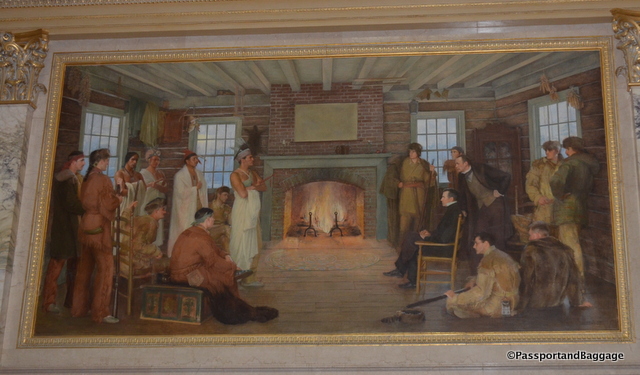
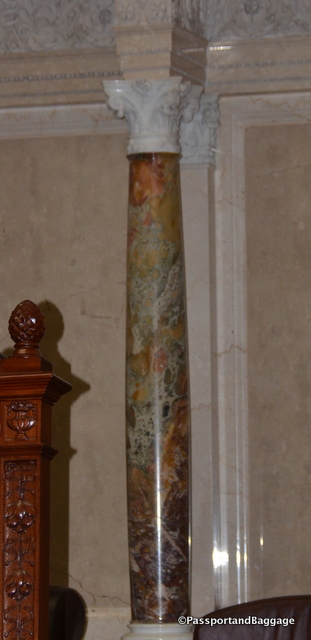
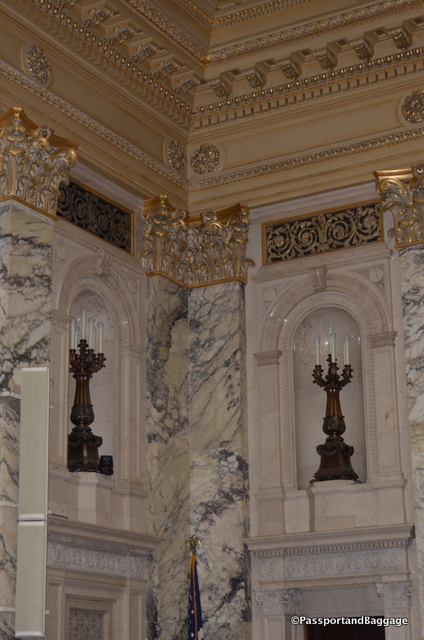
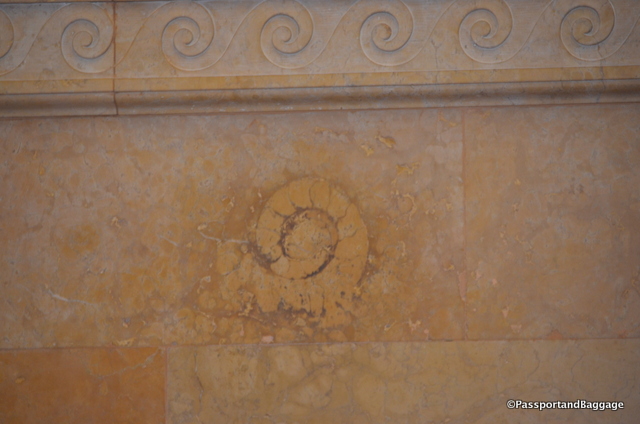
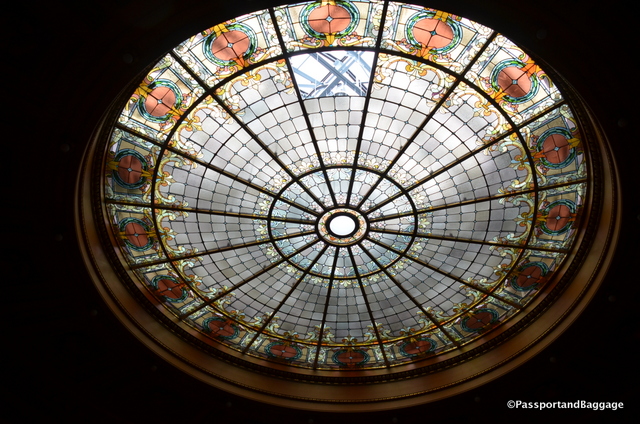
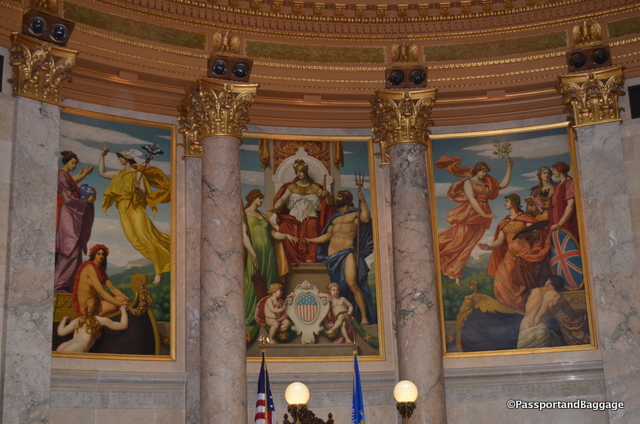
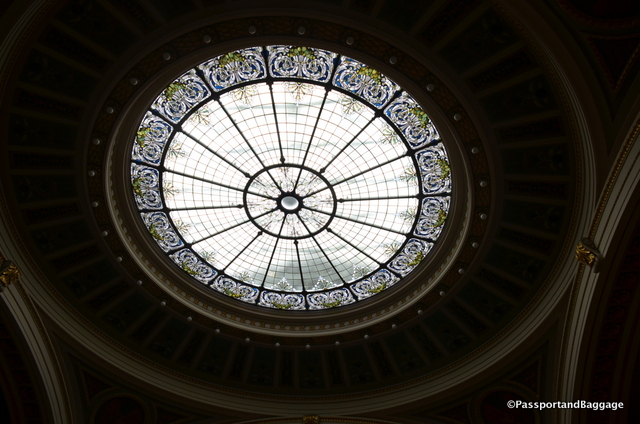
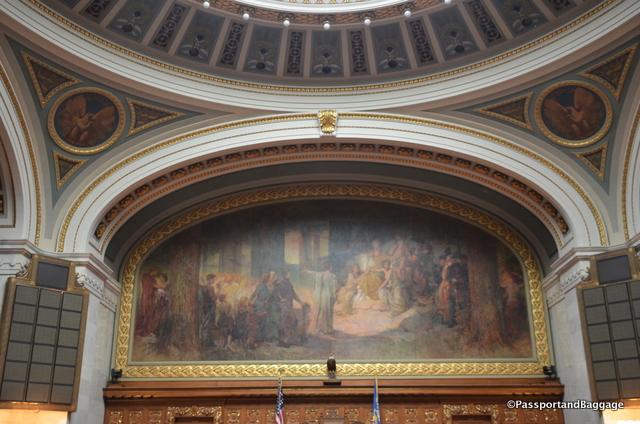
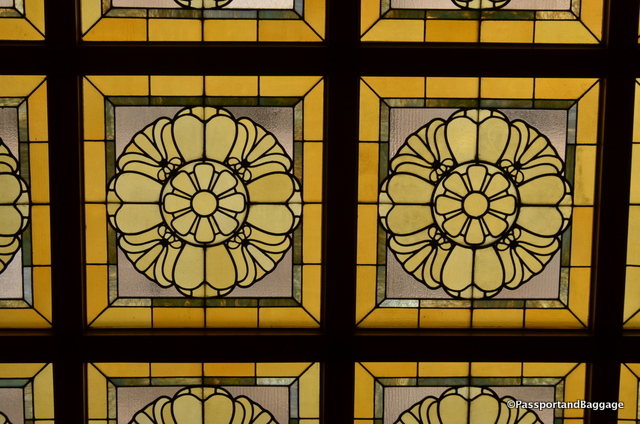
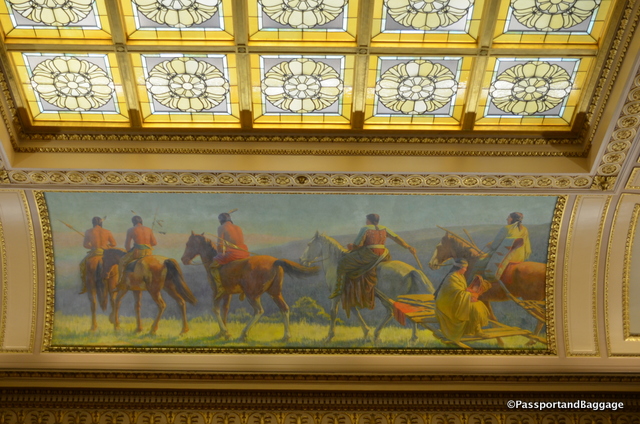
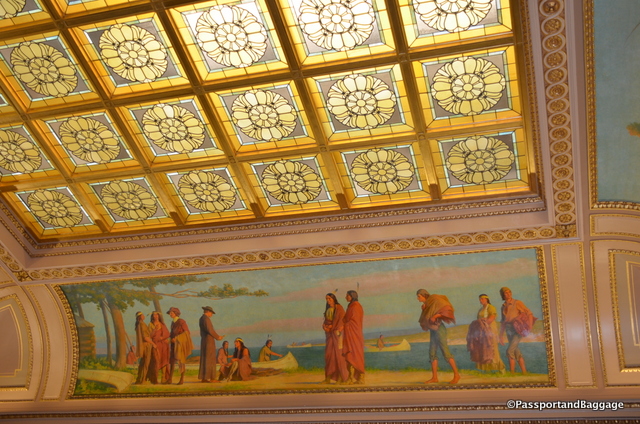
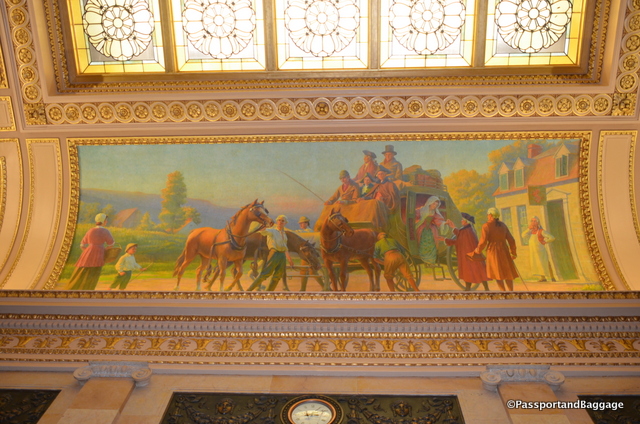
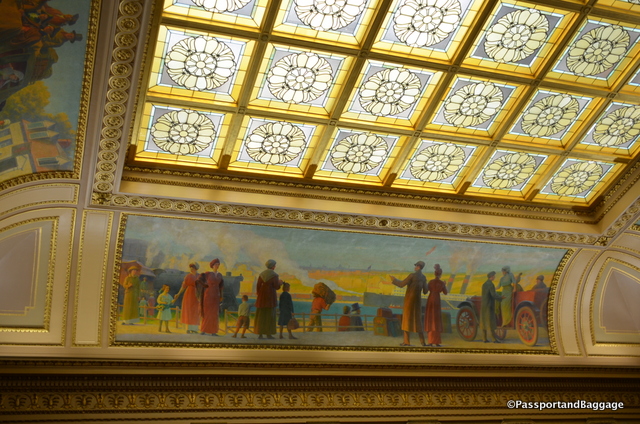
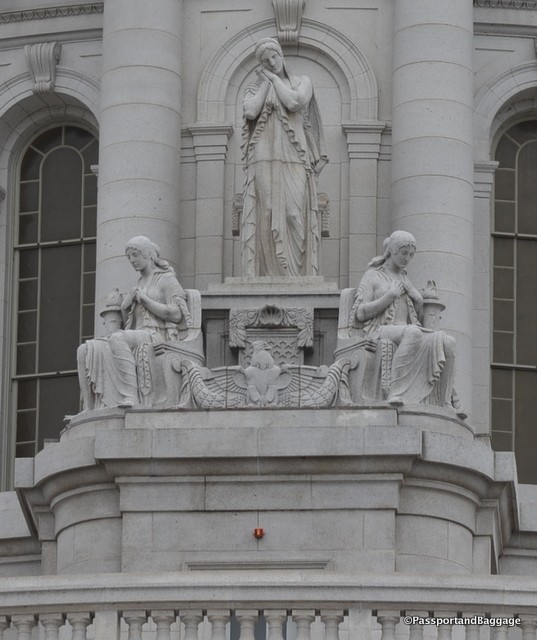
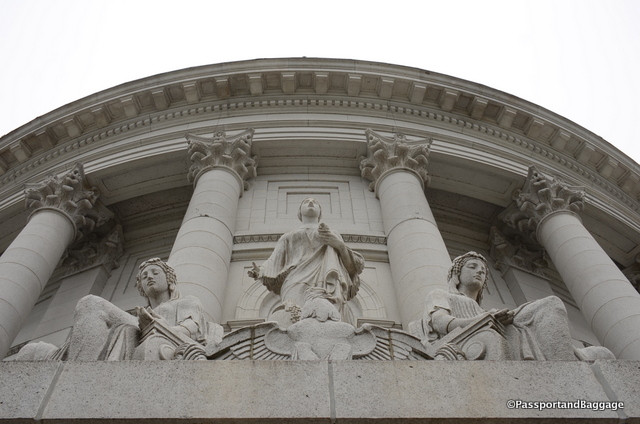
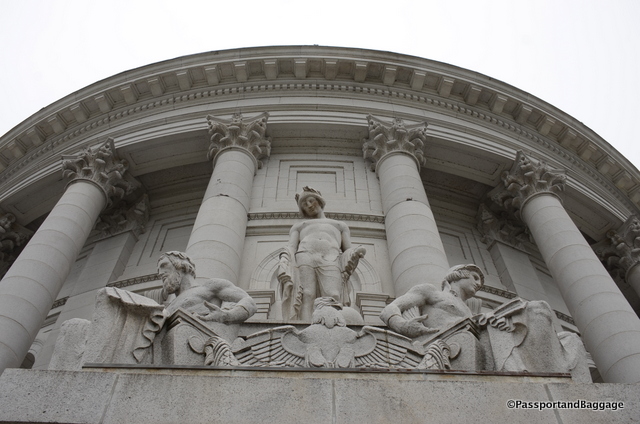
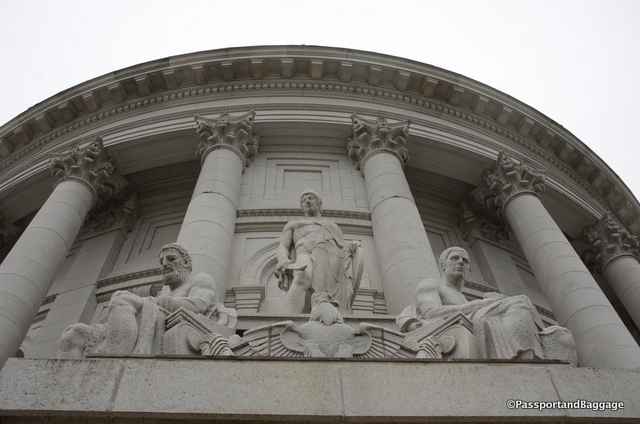
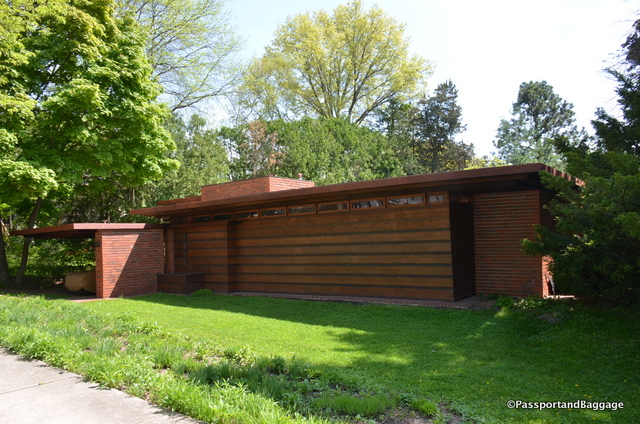
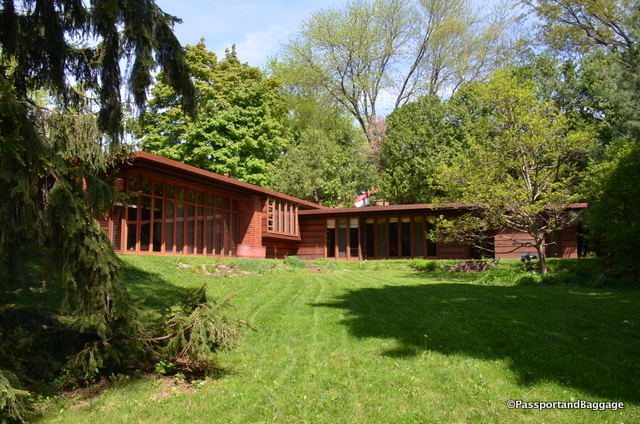
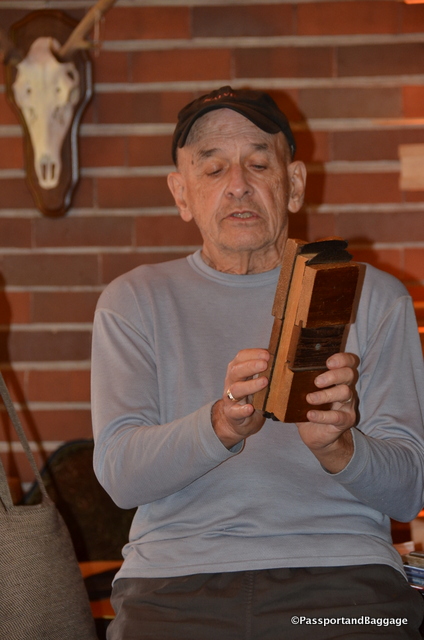
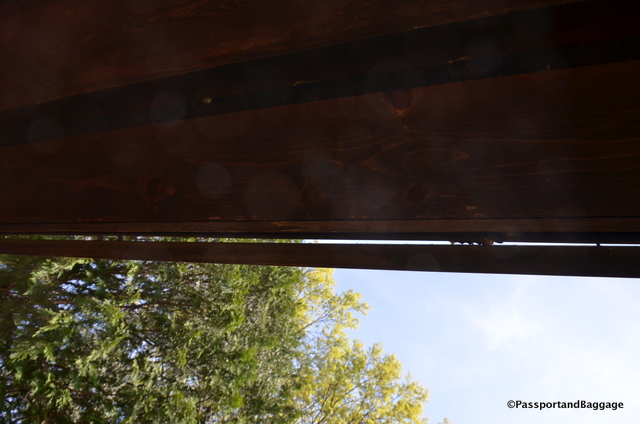
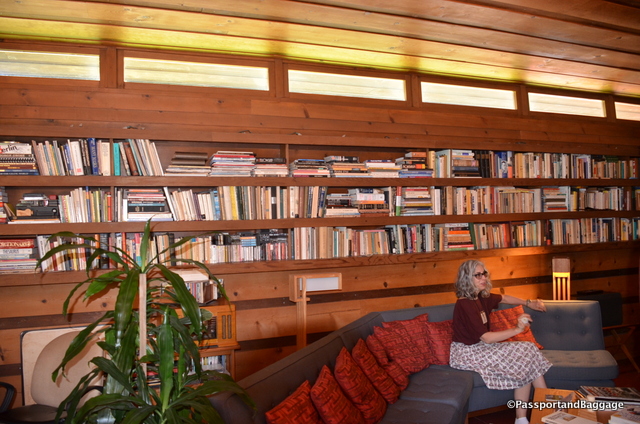
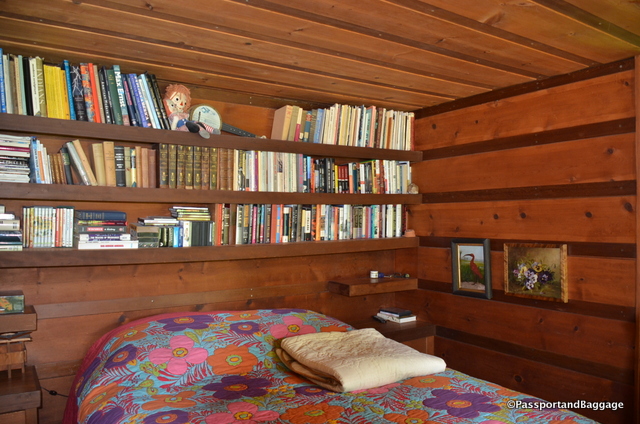
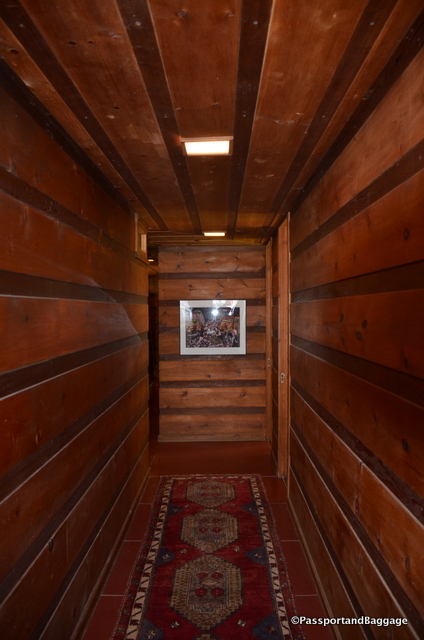
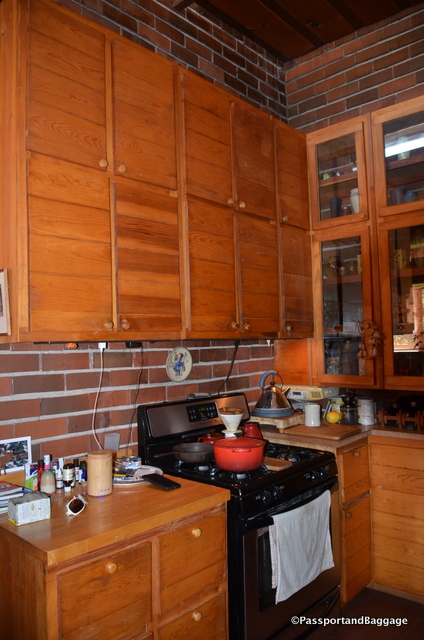
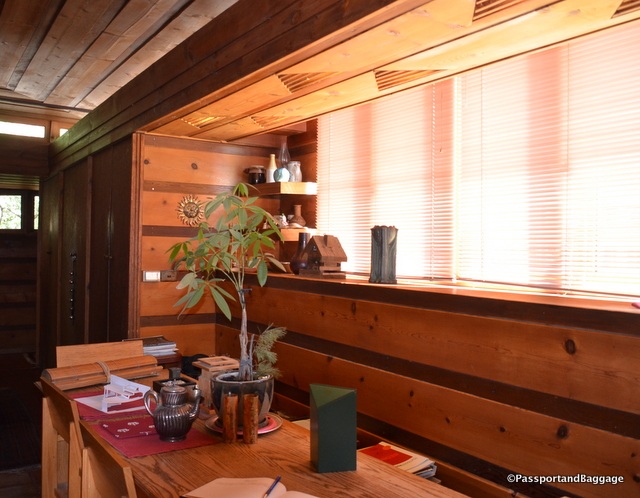
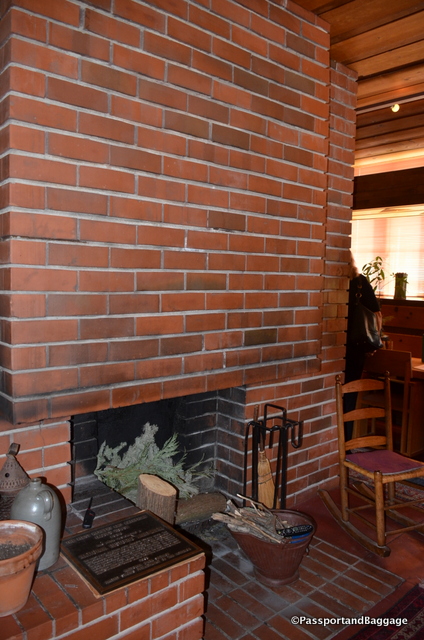
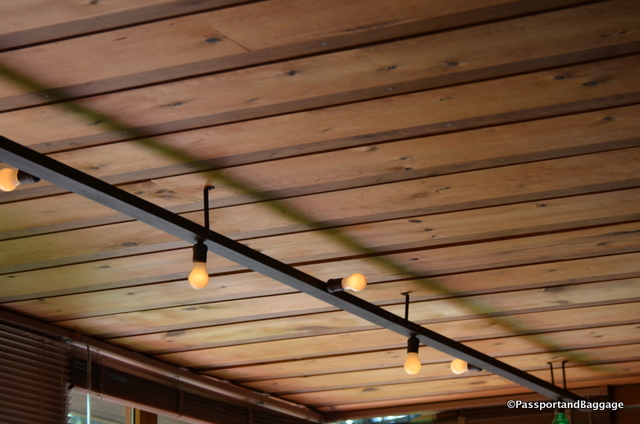
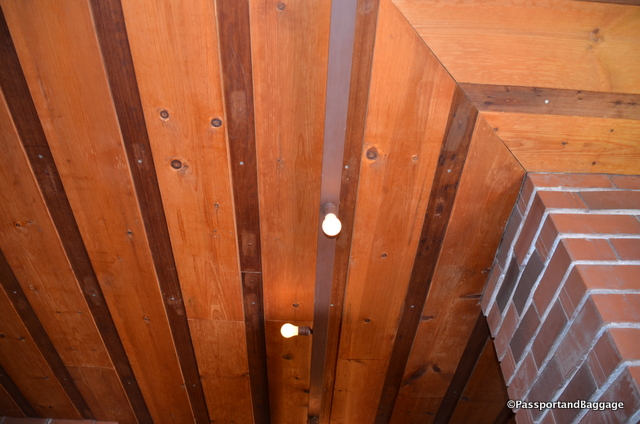
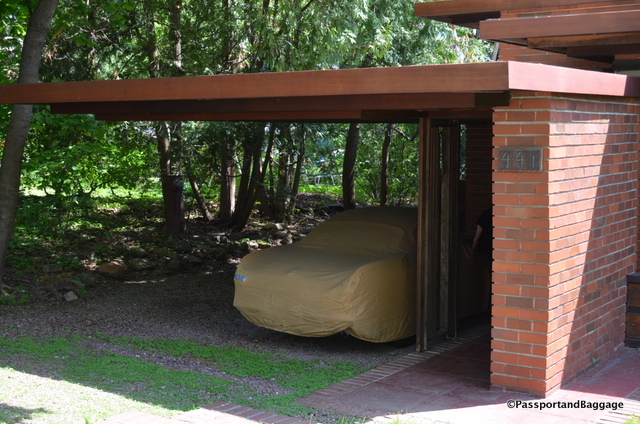
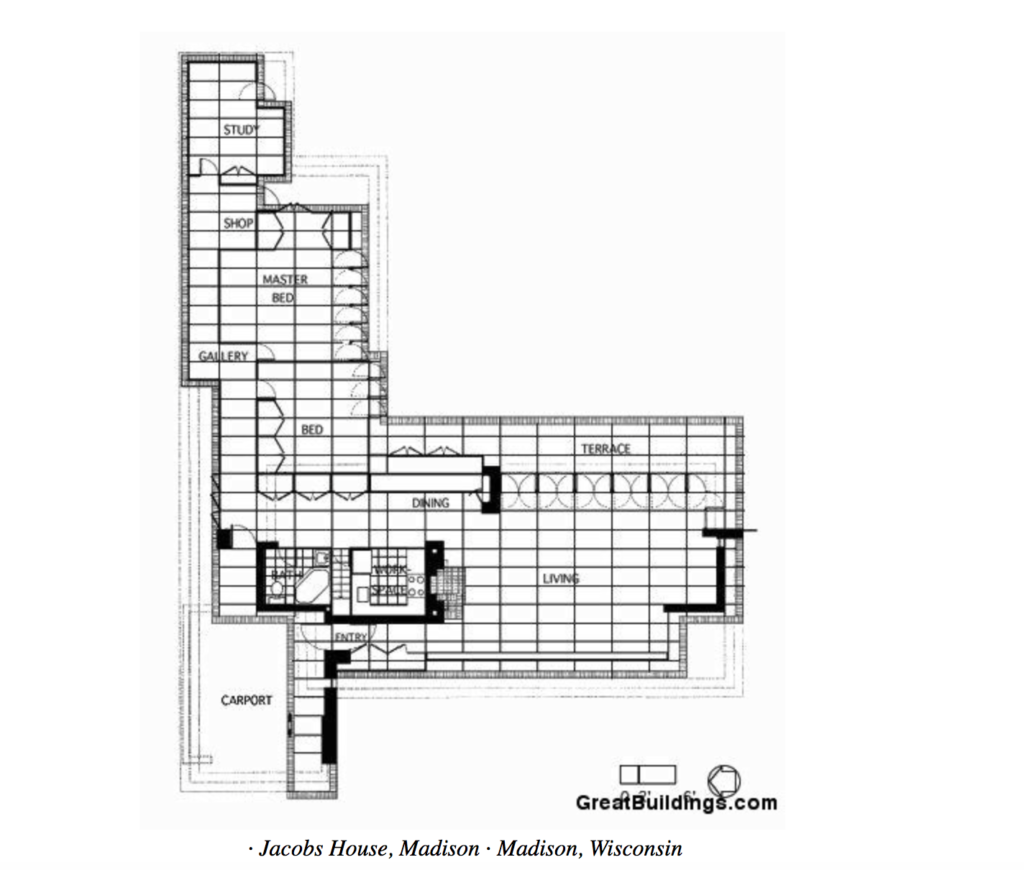
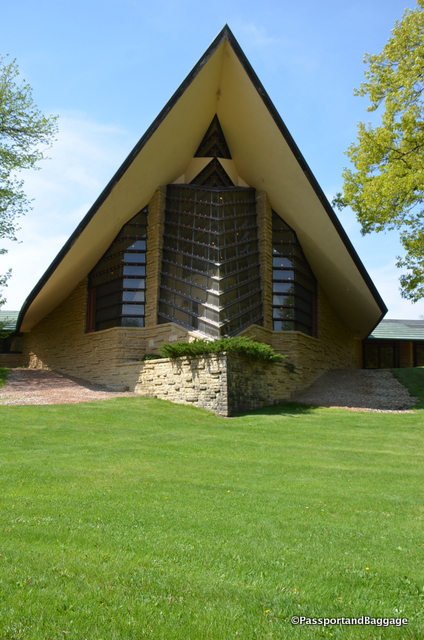
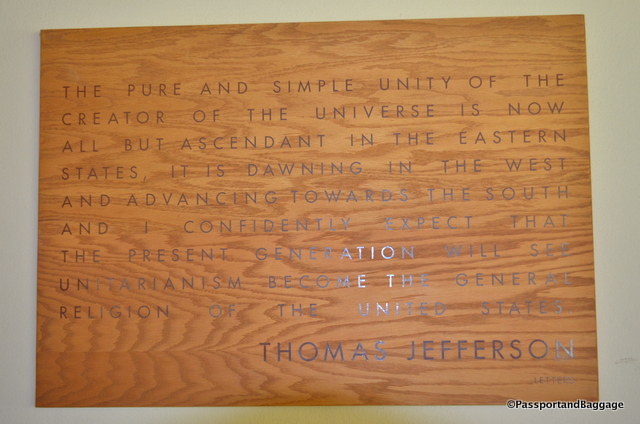
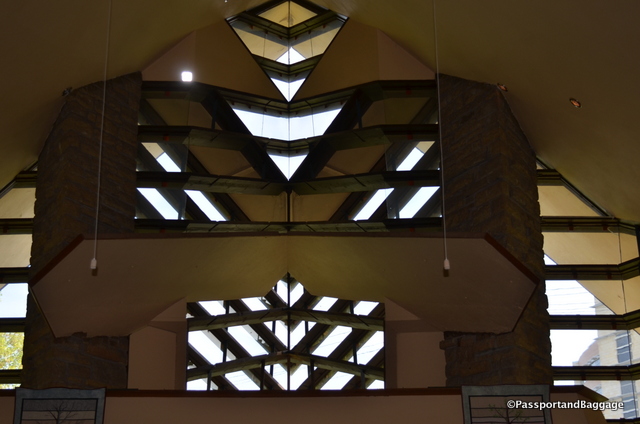
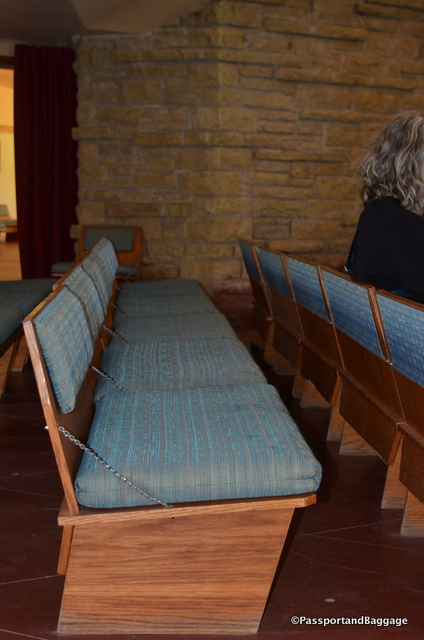
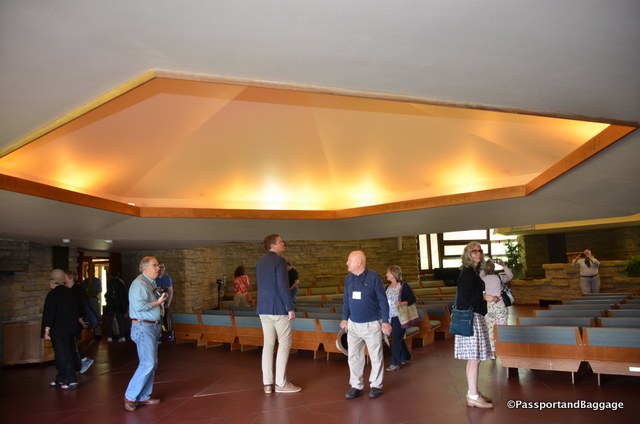
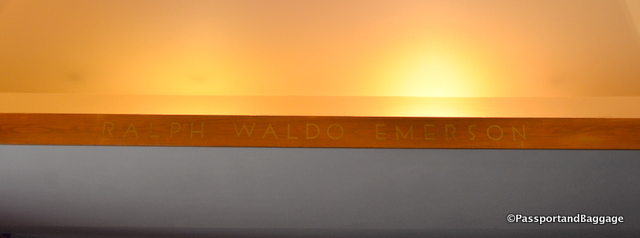


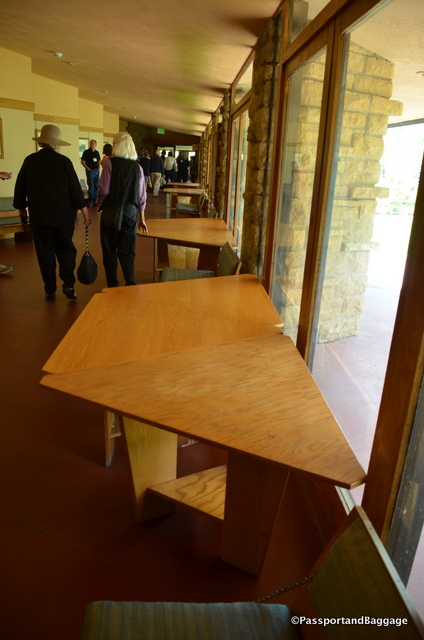
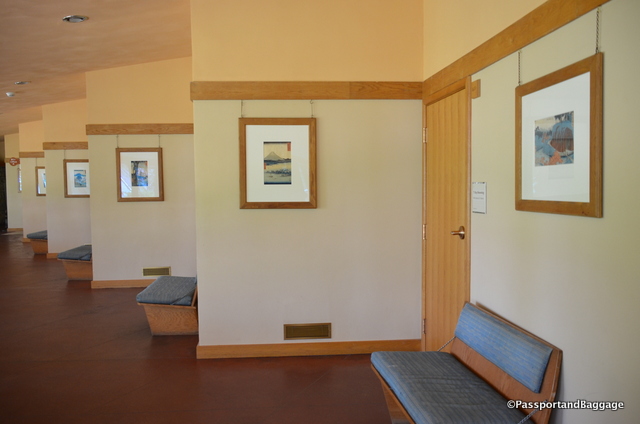
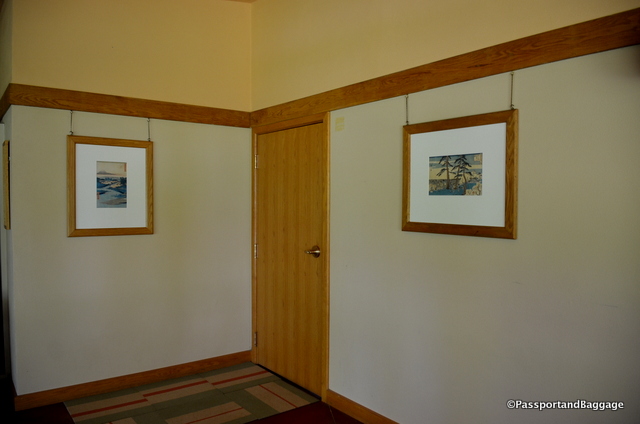
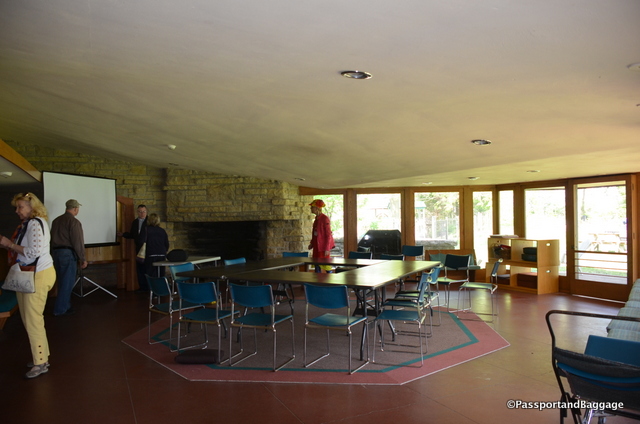
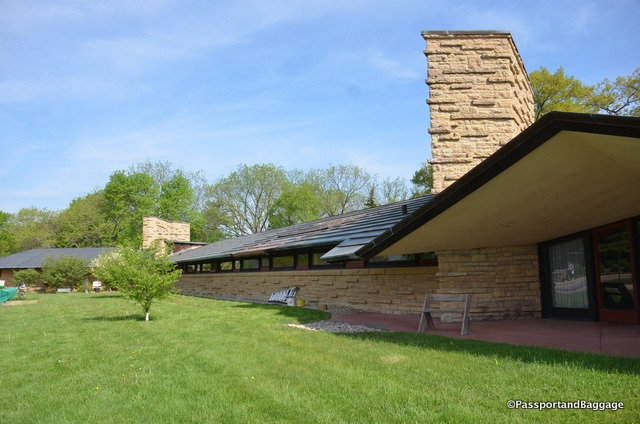
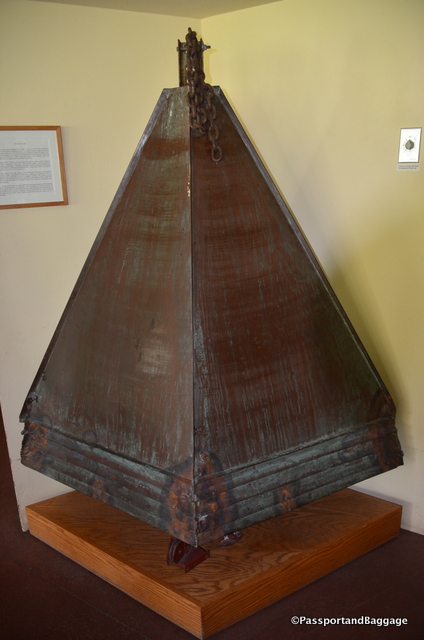
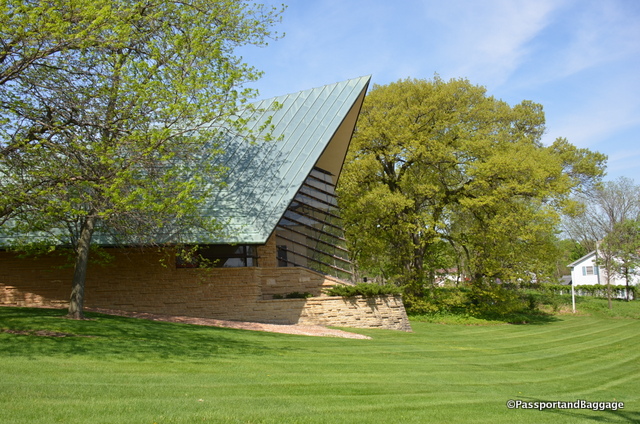





















 One could spend days just studying the roof lines of a Frank Lloyd Wright home, and Taliesin East delights at every turn.
One could spend days just studying the roof lines of a Frank Lloyd Wright home, and Taliesin East delights at every turn.


